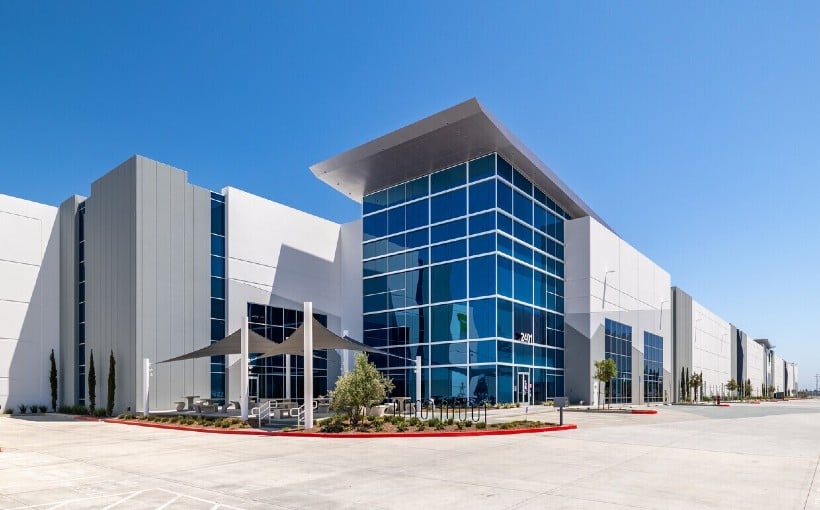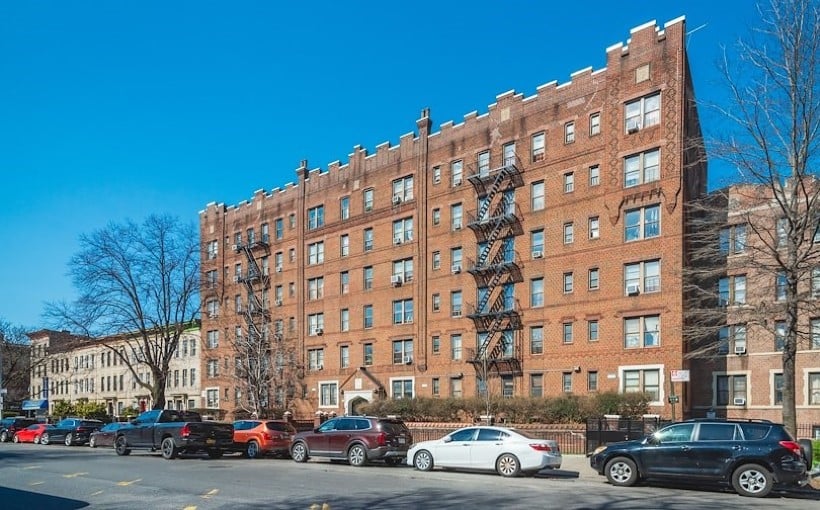The Q2 reports on commercial real estate retail showed little deviation from the previous quarter. Limited construction and deliveries have resulted in consistently low vacancy rates and minimal absorption.
While there was a slight increase in absorption compared to Q1, this was mainly due to a decrease in move-outs and space taken by certain types of shopping centers. However, overall absorption rates were still lower than expected due to limited supply. This trend is reflected across multiple reports, such as Cushman & Wakefield’s U.S. National MarketBeat Shopping Center Q2 2024 report which stated that “absorption is on track for a lackluster year.” The national vacancy rate remained stable throughout the quarter due to increased demand, fewer tenant bankruptcies, and limited new supply.
Accordingly, leasing activity has been driven primarily by food-and-beverage retailers as well as discount stores and experiential retailers looking for smaller spaces of 2,500 square feet or less. This has resulted in a market dominated by landlords who have more control over pricing and tenant selection.
Looking ahead at the rest of 2024 , it seems unlikely that there will be much change given rising construction costs leading to fewer developments being built. CBRE’s Q2 2024 U.S Retail Figures noted that building costs can range between $400-$500 per square foot with few markets having high enough rents to justify such expenses.
As a result of these limitations on space availability , retailer expansion plans may face downward pressure while store closures could increase due to bankruptcies or mergers within the industry – particularly affecting retail pharmacies like Walgreens or dollar stores . On the other hand , this could also open up opportunities for freestanding retail operators according JLL analysts .
In terms of investments , JLL analysts predict stabilization within capital markets during second half (H)of 2024 which may lead an uptick investment activity .




